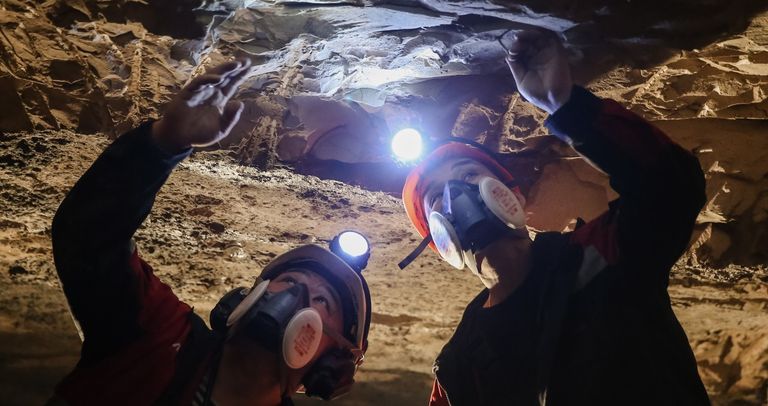A Lost Continent Eliminated Millions Of Years Ago Turned Up In A Very Unlikely Place
When geologists from the University of British Columbia were searching for diamonds, they stumbled upon something much more precious: evidence of a lost continent here on Earth. Incredibly, some geologic samples they obtained contained fragments of material from a long-lost chunk of land that has since disappeared beneath the ocean. It was indeed a once-in-a-lifetime find, and the location of this lost continent is catching many historians off guard.
Forgotten land
You probably think you know what Earth looks like: vast expanses of water, the surprisingly small sections of dry land we humans live on, and the familiar arrangement of our continents. But Earth hasn’t always been this way. Once upon a time, it had an extra continent.
Mostly water
You may be shocked that only 30 percent of Earth is land! The remaining 70 percent is made up of the blue stuff. And most of that – a whopping 96 percent or more – is ocean saltwater. In fact, given how much of the planet is made of water, it’s a wonder we ever had a lost continent to begin with.
Colossal oceans
And if you were paying attention in geography class, you’ll know that there are five oceans on Earth: the Atlantic, the Indian, the Pacific, the Antarctic, and the Arctic. The largest of these bodies of water is the Pacific, which sprawls over more than a third of our planet. So, where do the continents fit in?
Not a small world after all
Well, currently, we have seven continents: North America, South America, Europe, Asia, Africa, Antarctica, and Oceania. And the largest of them all is Asia. It makes up roughly 30 percent of Earth’s land – yes, really! – and is home to about 60 percent of folks on our blue planet. Of course, geography isn't quite that simple.

